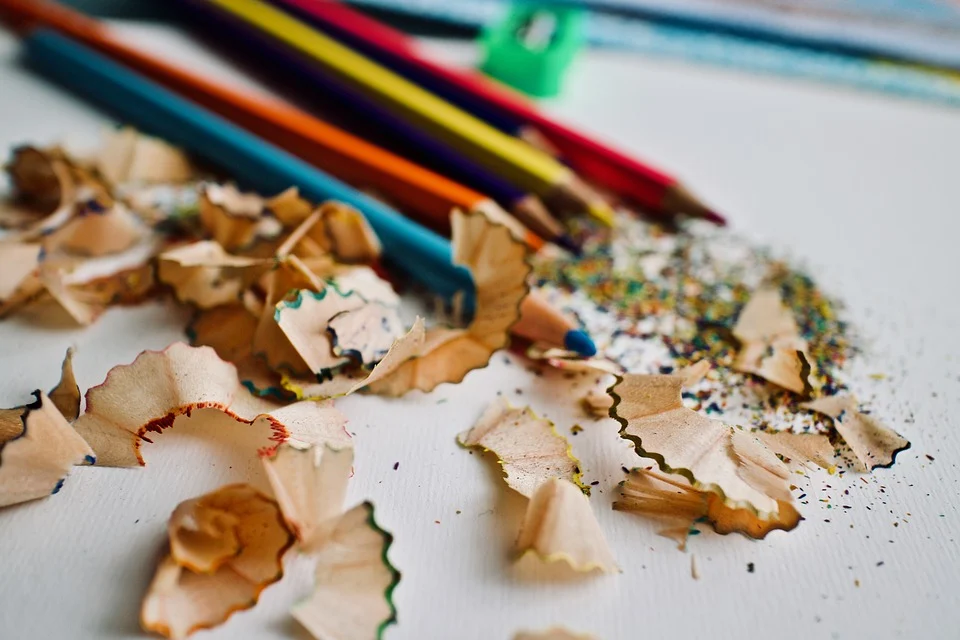Description: SEN and 11+ tutor Emily shares her thoughts about Autism and Education and effective methods used to avoid sensory overload
Experience
During my years working in Pastoral Care, I have developed my skills in working with those with additional needs. These include especially those with Autism and Education of all kinds of severities.
While Autism embraces a whole range of intellectual abilities, it is impossible to assess the academic growth of a child. Simplifying the environment the student learns in is the first step. Found in almost every classroom in the country are brightly coloured wallboards triggering a painful overload. This can lead to some autistic students trying to rip these off of the wall. Soft tones and neutral colours can quiet the mind and create calm for the student.
Environment
The classroom or educational environment should be structured and provide consistency and clarity. For instance, students should know where certain items belong. Considering the eye range of the student to the teacher is highly important. We can then consider distractors such as light, movement, reflection or background patterns to avoid attention levels lost.
Assessing the surrounding area specifically includes sound. Some Autistic children find normal levels of speech extremely painful. Children who are having particular difficulties with sound should try noise reduction headphones. For children with hypersensitivity to noise, having a quiet place such as a sensory tent for them to go to when they feel overwhelmed can be extremely beneficial.
Equipment
You can additionally create a small kit for your child to help deal with their sensory problems
-Earplugs if they are sensitive to sound
-Fidget toys to keep their hands busy
-Sticky notes to cover items that make them uncomfortable
An adolescent may also benefit from some headphones so they can play their favourite music or a favourite book which provides them with comfort. Additionally, scheduled silence throughout the day where they can ensure they will have no sensory stimuli. This can include some sort of swinging or rocking as this can help a student organise their senses.
Raising Awareness
Alongside these commonly recognised overloading stimuli of vision and sound, it is important to raise awareness. The issues are caused by messages from the muscles and joints to the brain telling it what the body is doing. This can often lead to children banging themselves while climbing or jumping. To assist with this, it’s sometimes helpful to timetable in regular activity burst sessions.
There are many other routes that can be explored to ensure the autistic student does not reach sensory overloads. These include textures in the room, temperature and touch. Once we have tackled the sensory difficulties that an autistic child is experiencing, we can then begin to assess their cognitive abilities to increase their educational growth and satisfaction.
By Tutor Emily. Contact us

